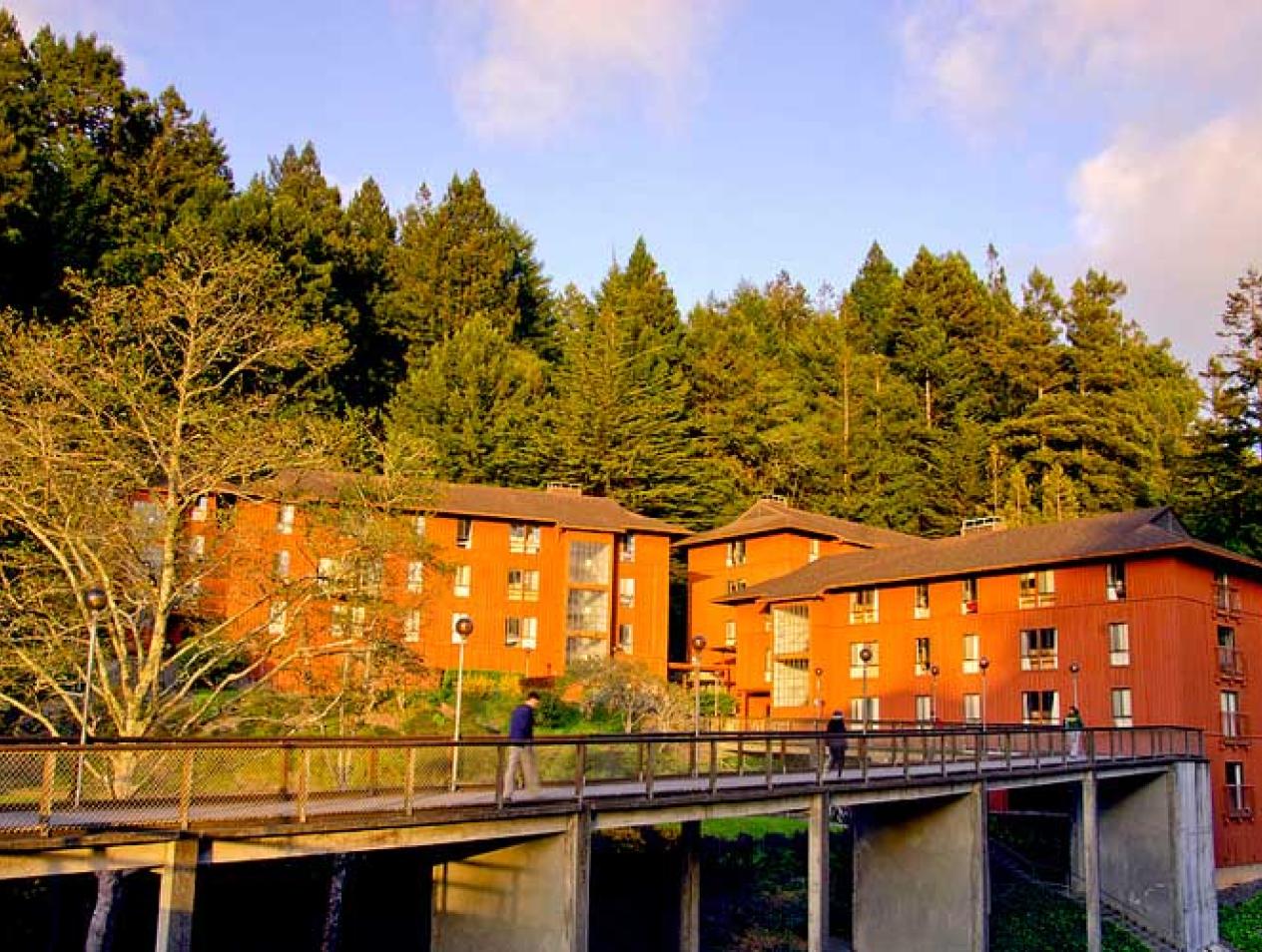Breadcrumb
ResNet Troubleshooting
Humboldt System Information
- Campus Systems Status
- Anti-virus Assistance
- Minimum & Recommended System Requirements
- Humboldt Information Technology Services
Wi-Fi Troubleshooting
Wireless networking in a dense living environment, like a residence hall, is significantly different from wireless networking in a typical single family home. Multiple access points per floor try to maximize the experience for everyone, but interference coming from personal routers, wireless printers and other sources can cause trouble spots. Here are some tips to get the best experience:
- Turn off that wireless router – Personal wireless routers are not allowed in residence halls that have University wireless for good reason; they interfere and ent the network from functioning properly. This interference issue applies with residence hall wireless. Your neighbor's - or perhaps your own - router will block or degrade the signal from ResNet wireless access points. Since radio frequency travels in 3 dimensions, interference could also be coming from above or below you.
- Plug in that printer, turn off its WiFi – Wireless printers also create interference issues. Wireless printers are not currently supported on the network, and wireless features should be disabled. It is recommended to use a printer that allows you to physically connect via a USB or similar cable.
- Microwave on, Wi-Fi off – Does your Wi-Fi quit working or get slower when you roommate makes popcorn? Microwave ovens and other devices can create interference that interferes most commonly on the 2.4 Gigahertz network. If your network cuts out when the microwave is on, it might be the source.
- Disable and Enable Your Wireless Adapter – Sometimes your computer may have chosen to connect to a wireless access point that isn't the closest to your current location. By disabling and enabling (or turning off and back on) your adapter you will force it to rescan the available access points and it will likely choose the closest one.
- Minimize Interference Around Your Devices – Signals from other wireless devices can interfere and degrade the campus wireless network, slowing down wireless access for you and others around you. Common interference devices include wireless printers, Apple Time Capsules, and microwave ovens. A large portion of these interference devices only affect the 2.4GHz frequency range and can be avoided by using a dual-band adapter on the 5GHz frequency range. See below for a full list of known interference devices and their impact.
| Device | Impact | Range | Mitigation |
|---|---|---|---|
| Wireless Printers | High | Medium | Disable the wireless on your printer and use a USB cable. (Note: Wireless printers will be unable to connect to ResNet networks, but will cause interference if the wireless feature is left enabled.) |
| Consumer Wireless Routers | High | Far | Don't install personal wireless routers or APs. (Note: Installing your own network devices is against ResNet's acceptable use policy.) |
| Apple Time Capsules | High | Far | Disable the Time Capsule's wireless connectivity and use a USB cable to connect. |
| Microwave Ovens (when on) | High | Short | Use your oven sparingly or use a dual-band adapter on the 5GHz frequencies. (Note: Microwaves cause interference on the 2.4GHz wireless frequencies when on.) |
| Wireless Gaming Controllers | Medium | Short | Be sure to power off your game console controllers when not in use. |
| Bluetooth Devices | Low | Short | Be sure to power off these devices when not in use or use wired alternatives instead. (Note: This includes wireless keyboards, mice, headsets, headphones, etc.) |
| Some Cordless Phones | Medium | Medium | Cordless phones operating in 2.4GHz or 5GHz cause interference, use a DECT 6.0 (6GHz) cordless phone or a wired phone. |
| Wireless Cameras | High | Far | Disable the wireless connectivity and connect to the wired network or use an alternative device. |
| Some Wireless Speakers | Medium | Medium | Use wired speakers or wireless speakers that don't operate in the 2.4GHz or 5GHz frequency ranges. |
St Cloud University has made a great video that helps explain what causes WiFi interference.
Any questions about the ResNetWireless system, please email resnet@humboldt.edu






